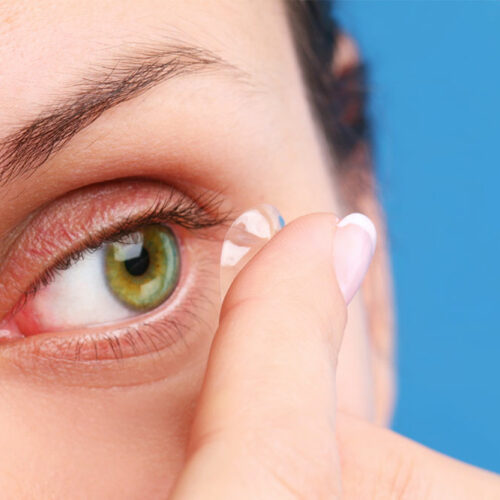6 early signs of weak bones

Weak bones, which can indicate conditions such as osteoporosis, can be a concerning issue. If a person’s bones weaken, they become more prone to fractures, significantly disrupting their life and daily activities. Hence, it is essential to recognize the early signs of the weakening of bones so one can take the necessary steps to prevent more serious consequences. Here are 6 early signs of weak bones that one must look out for. Brittle fingernails If a person notices that their nails have become fragile and are breaking easily, it could be an indication that their bones are becoming weak. Besides weakening, if a person notices vertical ridges on their fingernails, it could also be a sign of calcium deficiency, which can further affect their bone health. However, it is important to take note of the fact that brittleness in fingernails can also be caused by various other factors. It is better to consult a healthcare provider about their concerns if one is in doubt. Reduced grip strength Weakening of bones can also affect a person’s grip strength. They may notice that tasks like twisting door knobs, holding onto objects, opening jars, etc., are becoming tougher. This could be a sign of decreasing bone density.






